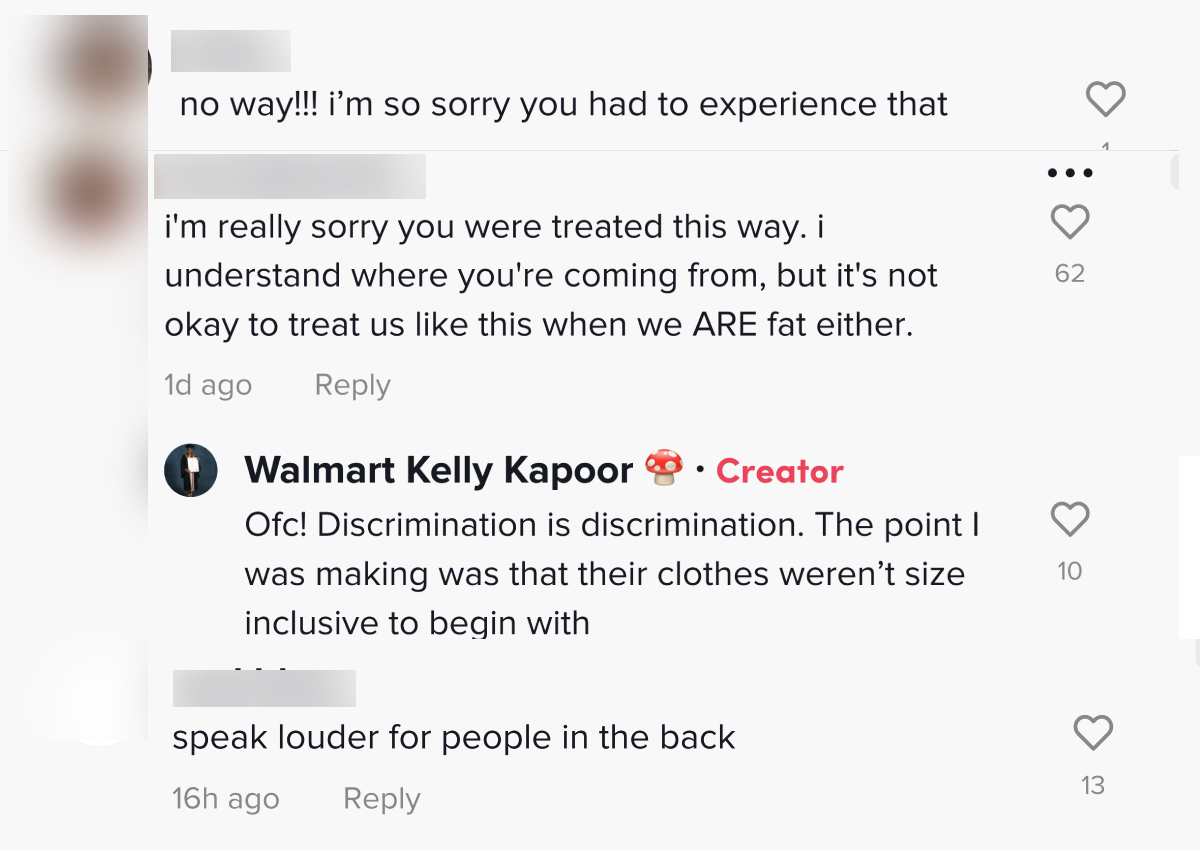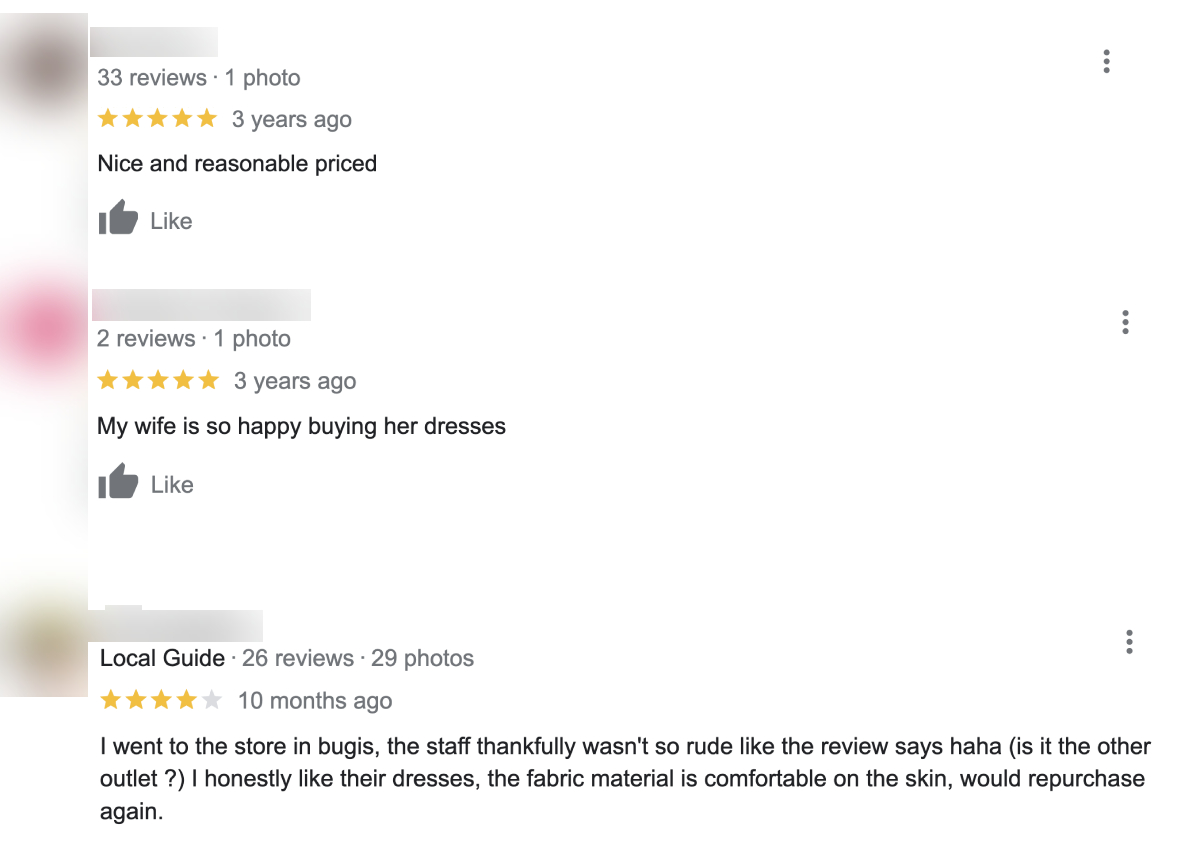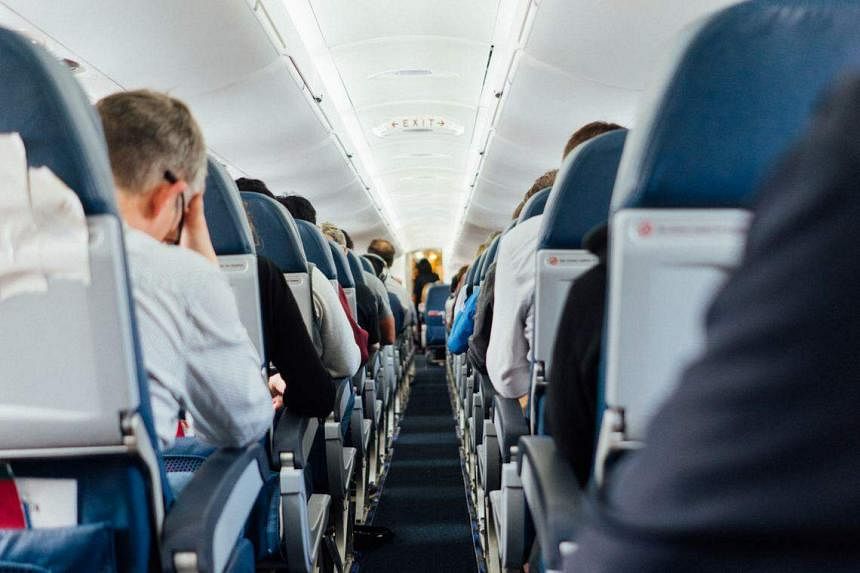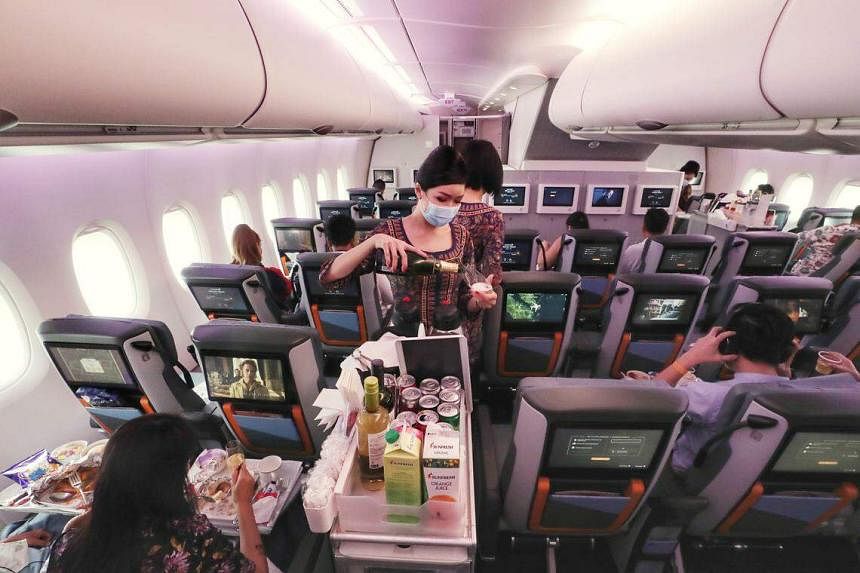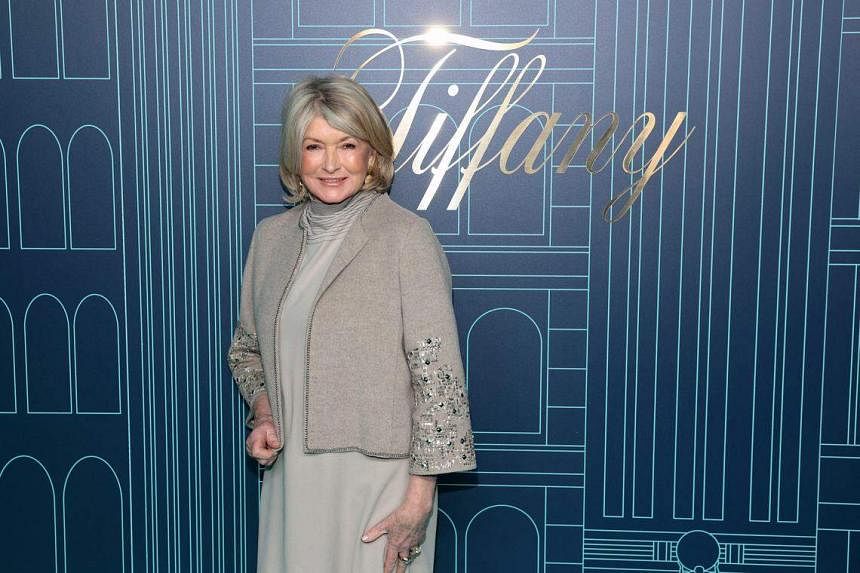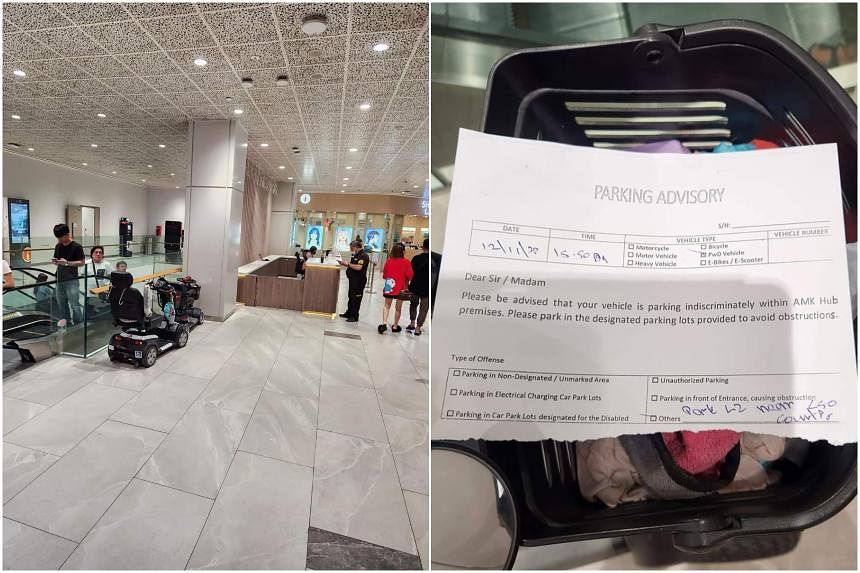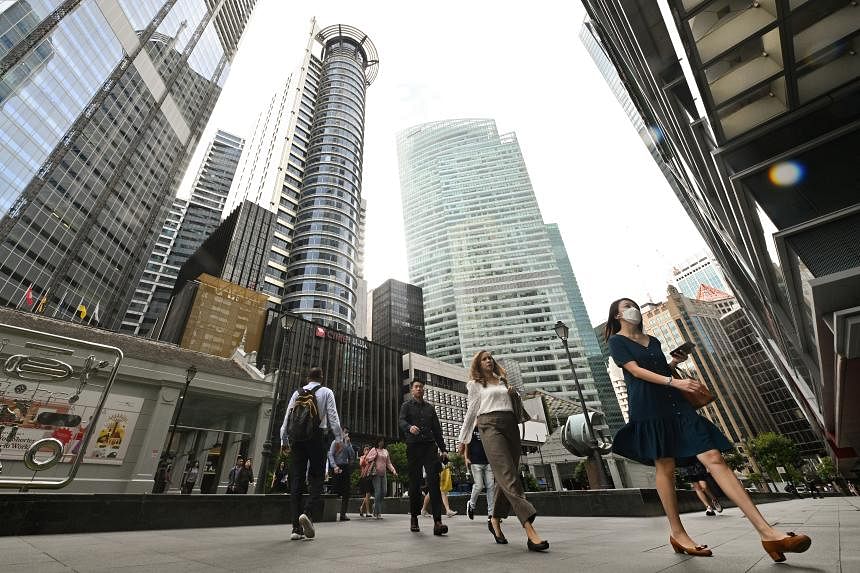No customer is entitled to walk into any food outlet and expect to be served.
A food outlet is a private enterprise, it is not obliged to take in any customer that wants to eat there.
Under the law of contract, there must be offer and acceptance.
The offeree is the customer (diner) who makes an offer to eat at the food outlet.
It is up to the food outlet whether or not to accept the offer.
If it accepts, there is a contract.
if it does not, it means that the food outlet can turn the customer away.

Paralympic swimmer Sophie Soon with her guide dog, Orinda. ST FILE PHOTO

Anjali Raguraman
Correspondent
Mar 9, 2023
SINGAPORE – Paralympic swimmer Sophie Soon was involved in a confrontation with a Rocky Master employee when she patronised the cafe at the Hougang 1 mall on Wednesday night, accompanied by her guide dog and her mother.
In a video taken by Ms Soon and posted on Facebook, the female employee was seen speaking on the phone before telling Ms Soon – who is visually impaired – and her mother to sit outside its premises with the guide dog.
Ms Soon’s mother then asked the woman why they were being discriminated against, adding that guide dogs are allowed in restaurants by Muis, or the Islamic Religious Council of Singapore, and the Ministry of Sustainability and the Environment.
Asked what would happen if Ms Soon posted the video, the woman in the clip said: “Police report.”
“This happens practically every time I visit a new restaurant, which is a few times a week,” the 25-year-old told The Straits Times. Her guide dog, Orinda, has been with her since January 2022.
“It’s always the same when I go to a restaurant I haven’t been to before, where the staff on the ground have to check with management, and then I have to end up waiting 10 to 15 minutes.”
But this time, there was a half-hour delay before Ms Soon and her mother were seated.
Ms Soon claimed they were given three conditions by the employee in the video for remaining in the restaurant: the dog must be leashed, it must not be fed, and customers must not complain about the dog.
“As said many times before, guide dogs are allowed by law into all restaurant establishments, including halal establishments, as supported by Muis,” Ms Soon wrote in the caption accompanying the video.
In Singapore, guide dogs wear a yellow harness with text indicating that they are working dogs.
Guide dogs are approved and allowed in halal-certified premises, according to a Muis advisory.
The Housing Board and the National Parks Board’s Animal and Veterinary Service allow guide dogs to live in HDB flats. The National Environment Agency and the Singapore Food Agency also allow guide dogs in restaurants, foodcourts and cafes.
“How many more times do guide dog users have to be discriminated (against) before businesses finally educate themselves on the guide dog laws in Singapore?” Ms Soon wrote in the video caption.
In an Instagram post on Wednesday, Rocky Master said it does not discriminate against any diner.
“However, we are mindful to be considerate towards other diners who might not be comfortable with certain dining environments,” the statement said. “Hence, we ask that guide dogs be leashed... and preferably be seated at (the) outdoor seating area where possible.”
Rocky Master then said that the employee in question “may not be very experienced in handling such situations”, and that she checked with her superior before making any decision.
“Even under the circumstances of being filmed, she and the rest of the team maintained their composure and did their best to accommodate and fulfil your requests,” the statement added.
“We understand from our outlet manager that the staff (member) was traumatised due to the incident. We have since reached out to our staff member to express our care and concern.”
This is not the first time Ms Soon has had to address concerns by members of the public about her guide dog.
In November 2022, she uploaded a TikTok clip to address a Stomp story that quoted a passenger on an MRT train saying that she was worried Ms Soon’s dog might suddenly attack her and her baby, who was in a pram.
In the video, Ms Soon explained that guide dogs spend the first two years of their lives undergoing intensive training, including many tests and socialising.
She added that the dogs have to undergo a further three to four weeks of training with their handler before being allowed into the majority of public spaces.
“The only two spaces they’re legally not allowed in are restaurant kitchens and surgery rooms,” she said.
Ms Soon told ST that as a person with a disability, having a guide dog allows her to do the same things as an able-bodied person. “They empower us so much to be able to live an independent life,” she said, referring to such dogs.
“When people say ‘go to another restaurant’, that’s not the point... The law supports us fully to be in there.”
She added: “At the end of the day, just like everyone else, I need to eat dinner... I have a life to live.”
A food outlet is a private enterprise, it is not obliged to take in any customer that wants to eat there.
Under the law of contract, there must be offer and acceptance.
The offeree is the customer (diner) who makes an offer to eat at the food outlet.
It is up to the food outlet whether or not to accept the offer.
If it accepts, there is a contract.
if it does not, it means that the food outlet can turn the customer away.
Paralympic swimmer Sophie Soon in stand-off over guide dog at Rocky Master outlet in Hougang

Paralympic swimmer Sophie Soon with her guide dog, Orinda. ST FILE PHOTO

Anjali Raguraman
Correspondent
Mar 9, 2023
SINGAPORE – Paralympic swimmer Sophie Soon was involved in a confrontation with a Rocky Master employee when she patronised the cafe at the Hougang 1 mall on Wednesday night, accompanied by her guide dog and her mother.
In a video taken by Ms Soon and posted on Facebook, the female employee was seen speaking on the phone before telling Ms Soon – who is visually impaired – and her mother to sit outside its premises with the guide dog.
Ms Soon’s mother then asked the woman why they were being discriminated against, adding that guide dogs are allowed in restaurants by Muis, or the Islamic Religious Council of Singapore, and the Ministry of Sustainability and the Environment.
Asked what would happen if Ms Soon posted the video, the woman in the clip said: “Police report.”
“This happens practically every time I visit a new restaurant, which is a few times a week,” the 25-year-old told The Straits Times. Her guide dog, Orinda, has been with her since January 2022.
“It’s always the same when I go to a restaurant I haven’t been to before, where the staff on the ground have to check with management, and then I have to end up waiting 10 to 15 minutes.”
But this time, there was a half-hour delay before Ms Soon and her mother were seated.
Ms Soon claimed they were given three conditions by the employee in the video for remaining in the restaurant: the dog must be leashed, it must not be fed, and customers must not complain about the dog.
“As said many times before, guide dogs are allowed by law into all restaurant establishments, including halal establishments, as supported by Muis,” Ms Soon wrote in the caption accompanying the video.
In Singapore, guide dogs wear a yellow harness with text indicating that they are working dogs.
Guide dogs are approved and allowed in halal-certified premises, according to a Muis advisory.
The Housing Board and the National Parks Board’s Animal and Veterinary Service allow guide dogs to live in HDB flats. The National Environment Agency and the Singapore Food Agency also allow guide dogs in restaurants, foodcourts and cafes.
“How many more times do guide dog users have to be discriminated (against) before businesses finally educate themselves on the guide dog laws in Singapore?” Ms Soon wrote in the video caption.
In an Instagram post on Wednesday, Rocky Master said it does not discriminate against any diner.
“However, we are mindful to be considerate towards other diners who might not be comfortable with certain dining environments,” the statement said. “Hence, we ask that guide dogs be leashed... and preferably be seated at (the) outdoor seating area where possible.”
Rocky Master then said that the employee in question “may not be very experienced in handling such situations”, and that she checked with her superior before making any decision.
“Even under the circumstances of being filmed, she and the rest of the team maintained their composure and did their best to accommodate and fulfil your requests,” the statement added.
“We understand from our outlet manager that the staff (member) was traumatised due to the incident. We have since reached out to our staff member to express our care and concern.”
This is not the first time Ms Soon has had to address concerns by members of the public about her guide dog.
In November 2022, she uploaded a TikTok clip to address a Stomp story that quoted a passenger on an MRT train saying that she was worried Ms Soon’s dog might suddenly attack her and her baby, who was in a pram.
In the video, Ms Soon explained that guide dogs spend the first two years of their lives undergoing intensive training, including many tests and socialising.
She added that the dogs have to undergo a further three to four weeks of training with their handler before being allowed into the majority of public spaces.
“The only two spaces they’re legally not allowed in are restaurant kitchens and surgery rooms,” she said.
Ms Soon told ST that as a person with a disability, having a guide dog allows her to do the same things as an able-bodied person. “They empower us so much to be able to live an independent life,” she said, referring to such dogs.
“When people say ‘go to another restaurant’, that’s not the point... The law supports us fully to be in there.”
She added: “At the end of the day, just like everyone else, I need to eat dinner... I have a life to live.”
Last edited:




